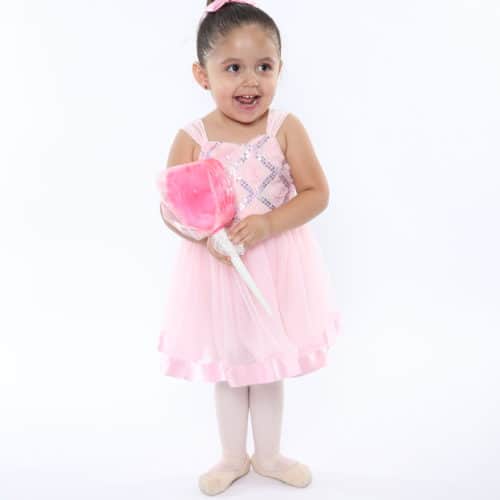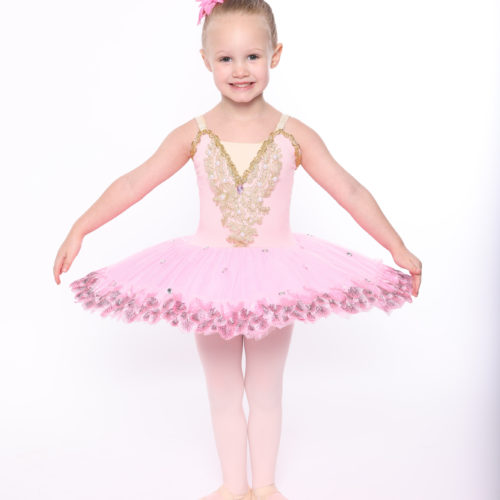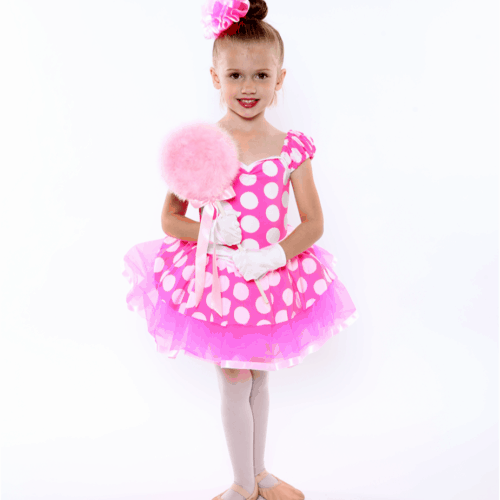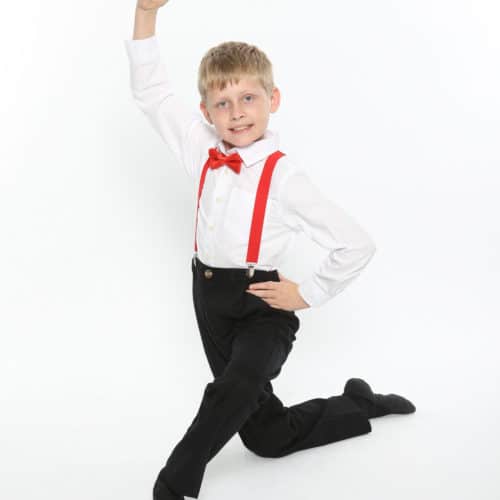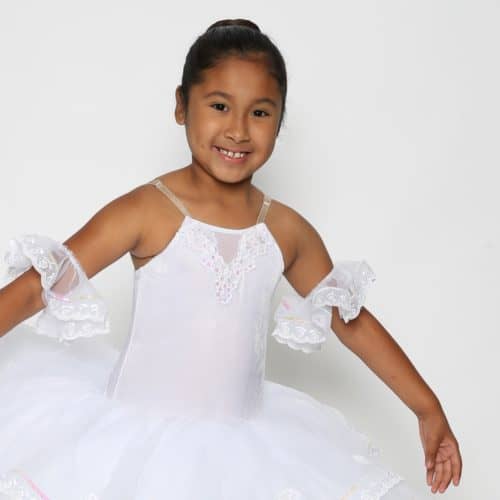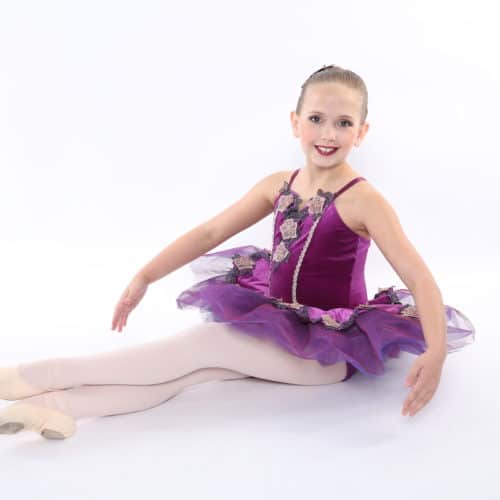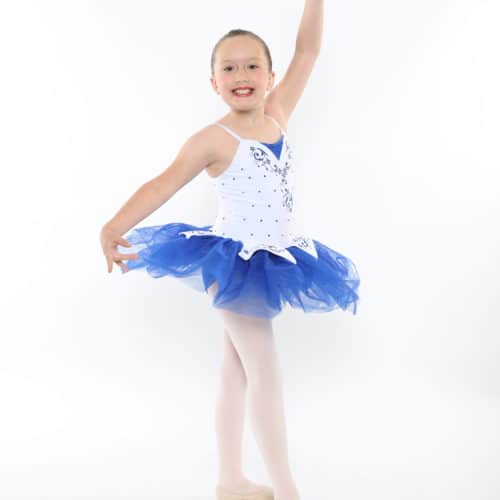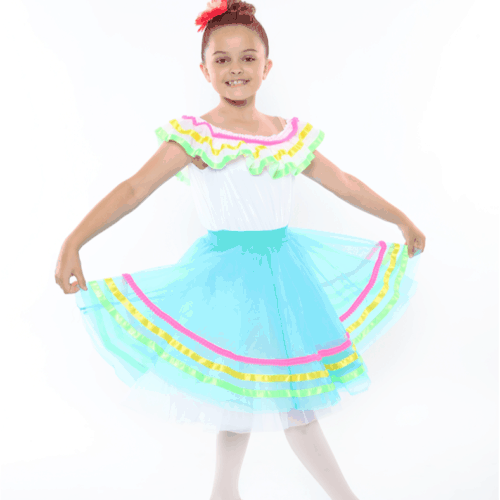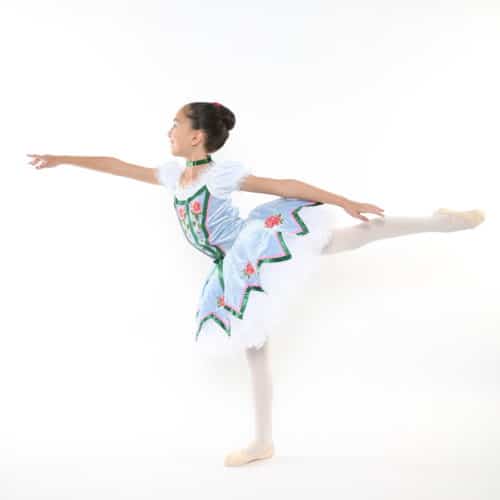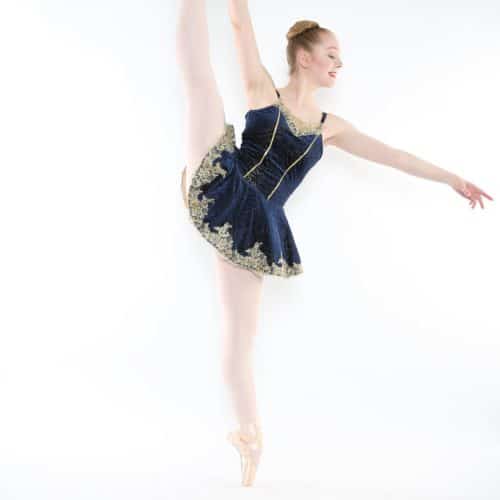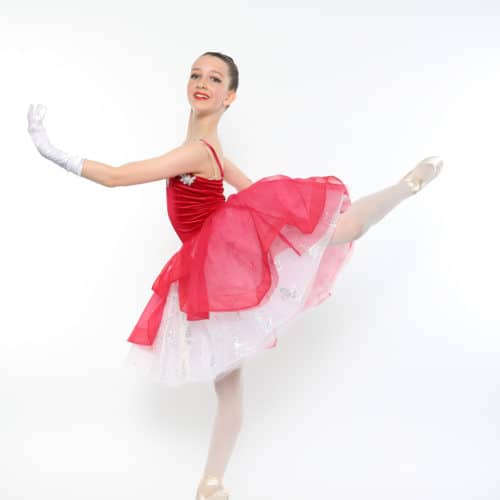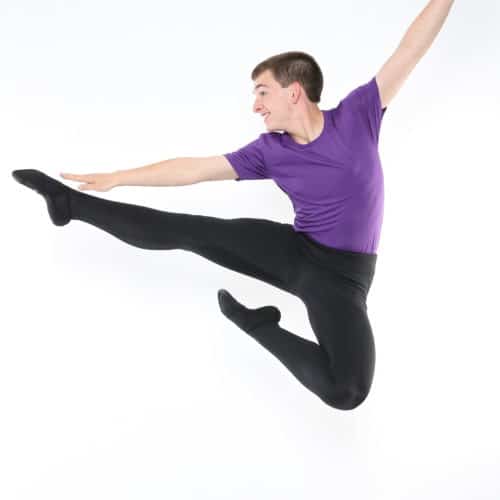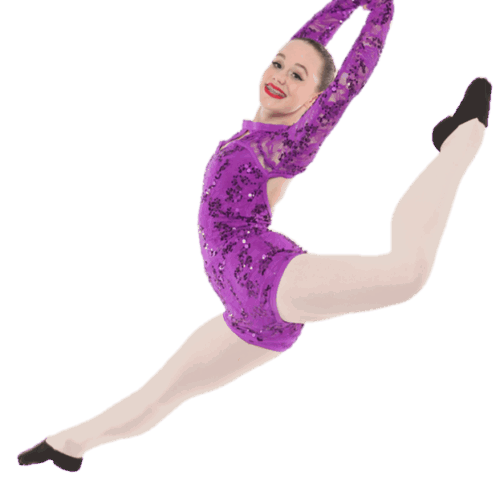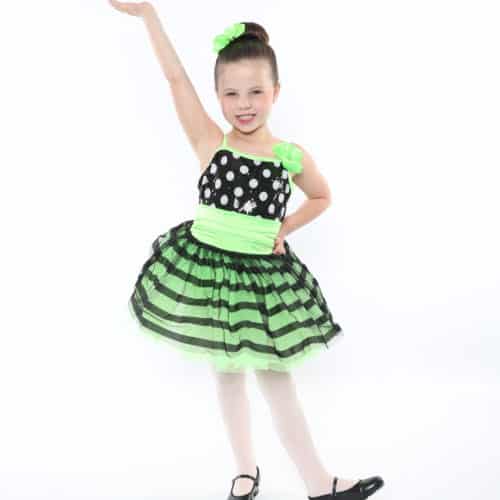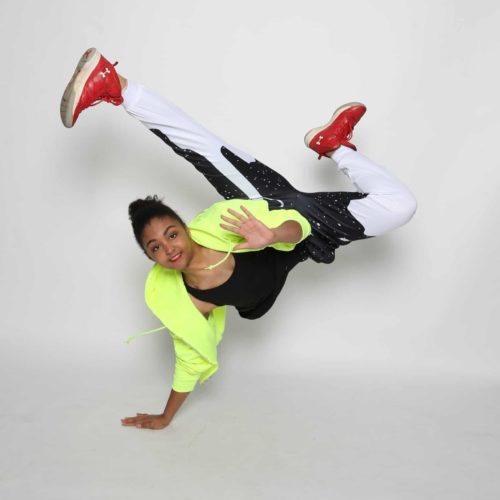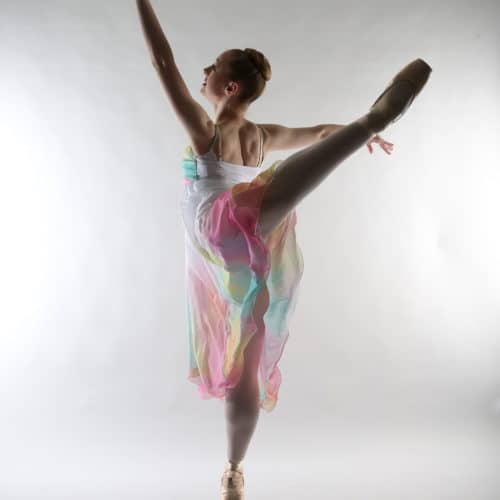Classical ballet is exciting, demanding, and inspiring. It is vital to have professional classical ballet teachers, equipped with internationally recognized training, who impart their knowledge and love of dance to future generations. Teachers at Bonita’s are trained in Cechetti, Royal Academy of Dance, Vaganova (Russian), and American Ballet Theatre syllabi. These methods use a sequence of grades or levels, carefully measured as to degree of difficulty and physical development. Each level is developmentally appropriate and builds upon what has been taught before, much the same as an academic grade level. Our class offerings have been designed so as to provide a complete program form the beginning of Creative Ballet through the advanced level. Classes are divided by level, based on teacher recommendations. In keeping with the tradition of classical ballet, each class level will be assigned a specific color and style of leotard. It is important that a child master each level before they proceed to the next so that they fully understand the movement and the quality that it utilizes.
The advancement of a dancer happens through correct repetition of steps and development of physical strength until both mental and physical comprehension has been reached. Every student is different and reaches this comprehension at different times. It is better for the student to wait until his or her body has fully matured and understands the movement at one level before moving on to a more complicated level.
Our instructors are trained to evaluate the students and understand each child’s physical development. If adjustments need to be made, instructors will advise the parents of a different placement.

